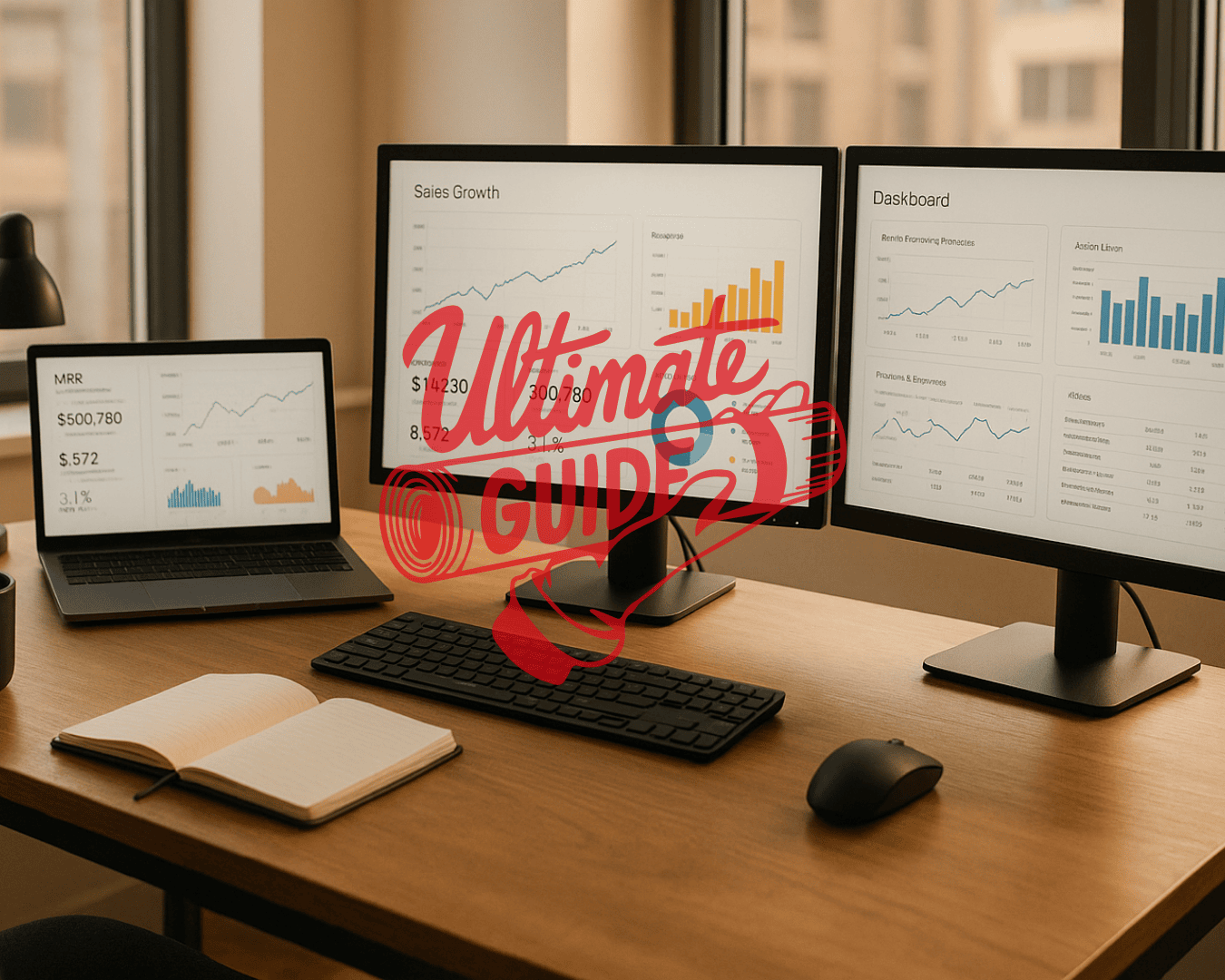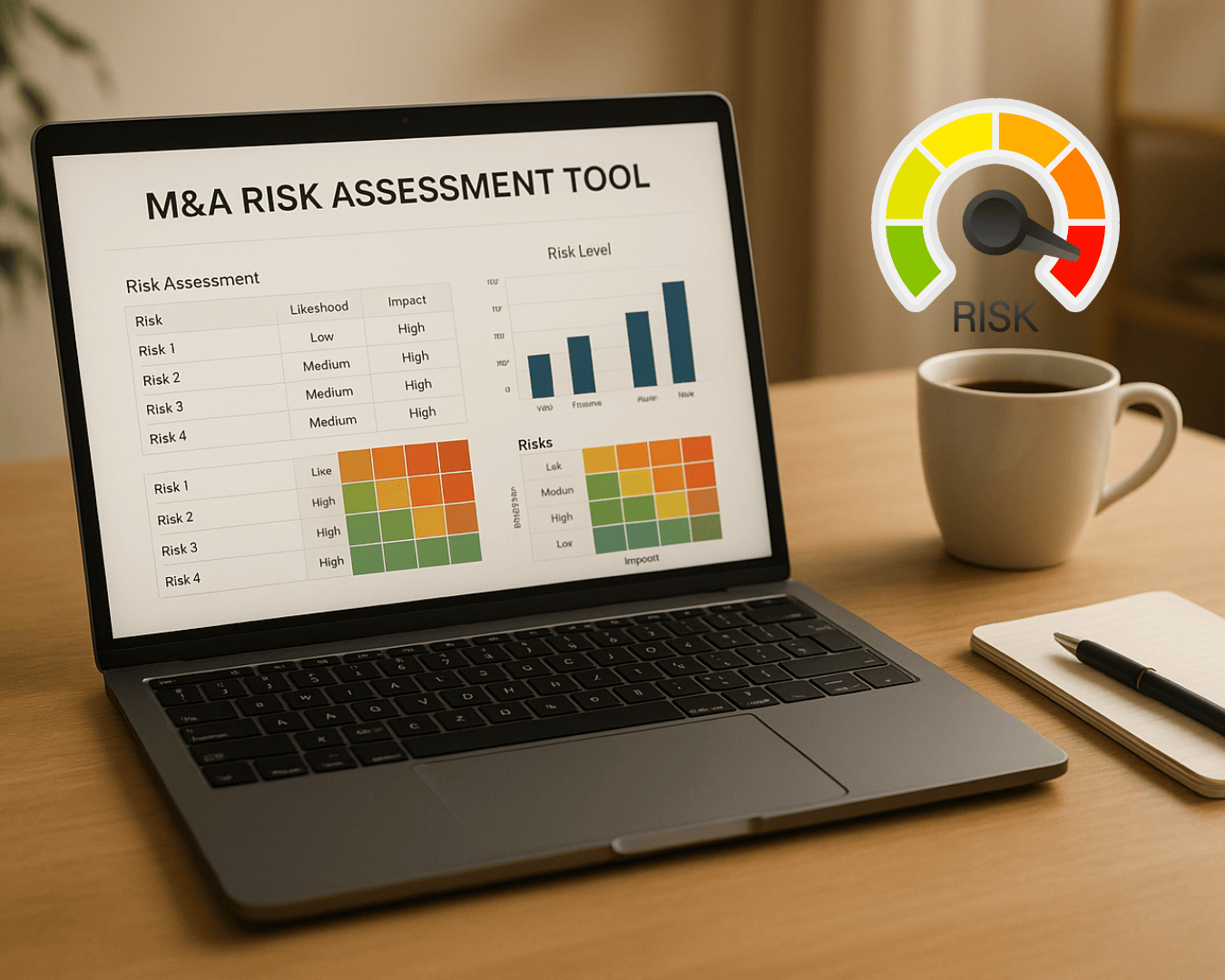Proprietary deal flow is about directly sourcing business acquisition opportunities from owners, avoiding public auctions, and minimizing competition. This approach often leads to better pricing, flexible terms, and exclusive access to off-market deals. Here's a quick summary of the five steps to build a sustainable system:
-
Define Your Target Business Profile
- Set criteria: industry, size, location, financials, and growth potential.
- Use data to prioritize opportunities, focusing on ownership signals and market trends.
-
Build and Maintain Quality Data Sources
- Collect leads from databases, public records, and industry tools.
- Regularly clean and update your database for accuracy and relevance.
-
Execute Multi-Channel Outreach
- Personalize communication using specific business insights.
- Utilize automation tools for efficient messaging while maintaining trust.
-
Use Technology for Sourcing and Efficiency
- Leverage tools that track market signals, automate workflows, and monitor pipeline health.
- Measure performance with key metrics to refine your approach.
-
Build Relationships and Nurture Leads
- Use CRM systems to track interactions and maintain long-term connections.
- Offer value through regular updates, resources, and meaningful touchpoints.
E233: Guide to Sourcing Deals and Increasing Deal Flow for Business Acquisitions with Expert Tips
Step 1: Define Your Target Business Profile
Getting proprietary deal flow right starts with knowing exactly what you’re looking for. Without a clear target, you risk wasting time on deals that don’t align with your goals. A well-defined business profile keeps your efforts focused and helps you zero in on the opportunities that matter most.
Set Investment Criteria
Your investment criteria should reflect your company’s annual objectives and broader strategic priorities. To build a solid framework, consider five main areas: industry focus, business size, geographic location, financial metrics, and growth potential.
Start by narrowing down industries. Choose sectors where your team’s expertise gives you a competitive edge.
Next, define the size of businesses you want to target. Look at factors like revenue, employee count, and EBITDA thresholds to ensure they align with your financial capacity.
Geography is another key factor. Local deals often come with perks like easier due diligence, stronger relationships, and smoother post-acquisition management.
Financial health is non-negotiable. Set minimum benchmarks for profitability, debt-to-equity ratios, and cash flow stability to filter out weaker prospects.
Finally, focus on growth indicators. Businesses with strong potential for expansion are often the best candidates for investment.
Use Data to Prioritize Targets
Once you’ve outlined your criteria, use data to rank and prioritize opportunities. Companies that take a data-driven approach to investor targeting outperform their peers by 9% and see 30% less stock price volatility. Applying this same strategy to SMB acquisitions can significantly improve your outcomes.
Look at hiring trends to spot growth or transition signals. For example, a company rapidly expanding its workforce might need additional capital or operational expertise. On the flip side, layoffs could signal emerging challenges.
Pay attention to changes in marketing behavior. A business ramping up its advertising spend might be chasing growth, while a sudden cut in marketing could point to financial strain or a strategic shift.
Ownership demographics and lifecycle events also offer valuable clues. Aging owners, upcoming lease renewals, or large capital expenditure needs can signal that a business is ready for acquisition. These insights can help you approach owners at the right moment, increasing the chances of meaningful discussions.
"We have a monthly newsletter that we blast to investors, and we use Irwin's targeting application to identify investors who invest in our space. Pre-screening for this level of sector interest allows us to include information in our outreach that is relevant, as well as tailor our emails along with our monthly newsletter to generate interest." - Kenneth Levy, VP of Investor Relations, Iridium Satellite Communications
Territory Prioritization
Focusing your efforts geographically can make your sourcing strategy more efficient. By concentrating on specific regions, you can build a stronger reputation and create a dense network of opportunities.
When choosing territories, consider the local business landscape. Some regions may have a higher density of family-owned businesses, while others might offer better growth opportunities or regulatory advantages. Research factors like business culture, economic conditions, and competition to identify the most promising areas.
A hub-and-spoke strategy works well here. Start by building a strong presence in your core market, where you can establish relationships and generate consistent deal flow. Once you’ve solidified your base, expand into nearby regions. This gradual approach allows you to leverage referrals and your growing reputation as you scale.
For 75% of Investor Relations Officers, targeting is a top priority. Use this mindset to guide your geographic strategy. Tools like Clearly Acquired can simplify the process by offering verified deal flow and advanced filters, ensuring you focus on prospects that align with your investment profile instead of chasing every opportunity that comes your way.
Step 2: Build and Maintain Quality Data Sources
Once you've defined your target profile, the next step is to focus on gathering and maintaining quality data. A strong database of potential acquisition targets is the foundation of any successful proprietary deal flow system. Without reliable data, even the most well-planned outreach strategies can fall flat. The goal is to create a detailed, accurate, and regularly updated list of prospects that fit your investment criteria.
Collect Potential Targets
Start by casting a wide net in your chosen industry. Use tools like social media platforms and trade publications to identify key decision-makers and companies of interest.
You can also consider purchasing lists from trusted sources like industry associations or third-party databases such as CB Insights, PitchBook, FactSet, or S&P Market Intelligence. A carefully built list of targets can significantly improve deal outcomes, as shown by data indicating a 2.3% median excess total return to shareholders for systematic deal-making compared to a –0.1% return for infrequent large deals.
Public records are another goldmine for information. Business registrations, property records, and regulatory filings can reveal ownership structures, financial obligations, and other details that might signal acquisition opportunities. Platforms like Clearly Acquired simplify this process by offering verified deal flow and advanced search tools, helping you uncover both on-market and off-market opportunities.
Make it a habit to continuously refine and maintain these sources so they remain useful during later stages of your outreach.
Keep Data Clean and Updated
Regular updates are essential to keep your target list relevant. Monitor industry news and events daily, and set up alerts for specific companies, executives, or keywords that might indicate new opportunities.
It's also important to routinely clean your database. Remove outdated contacts, closed businesses, or targets that have already been acquired. Organize your prospects into categories, such as "A" and "C" deals, based on factors like deal size, valuation, geography, and potential regulatory challenges. This helps you focus your outreach efforts more effectively. Using a modern CRM system can streamline this process by tracking interactions, deal stages, key stakeholders, and critical deadlines, ensuring no opportunities are overlooked.
Once updates are made, verify each prospect to confirm the accuracy of your data.
Verify Business Information
As you transition from prospecting to deeper discussions, the accuracy of your data becomes even more important. Verification systems can confirm ownership details and ensure you're working with credible information before you dive into detailed due diligence. Cross-check data from multiple sources - such as financial databases, industry reports, and direct communications with the company - to get a full picture of each target. Any inconsistencies in the data could signal potential issues or areas that need further investigation.
Finally, having a professional online presence can enhance your credibility and visibility. Tools like Clearly Acquired’s AI-powered systems and verified business listings can automate much of the verification process, reducing the risk of pursuing deals based on outdated or incorrect information.
Step 3: Execute Multi-Channel Outreach
Leverage verified data to initiate genuine, targeted conversations with business owners. Skip the generic mass messaging and focus on meaningful, personalized engagements.
Create Personalized Outreach Campaigns
Personalization is the heart of effective deal sourcing. Research backs this up - personalized emails see a 29% jump in open rates and can lead to a staggering 600% increase in conversions. Even more impressive, B2B sales outreach that incorporates personalization can drive 1.4 times more revenue growth. To make this work, dig into each prospect's background. Look for recent accomplishments, industry-specific challenges, or other relevant details. For instance, if you’re contacting a manufacturing business owner, mention their latest expansion, a new product launch, or a challenge they may be navigating.
"Personalized outreach is the present and the future. And if you're not in on the game, your results are likely to suffer."
– Bratislava Velickovic, Content Writer, Skylead
When crafting your outreach, start with a strong hook - something specific about their business that grabs attention. This could be a milestone they’ve achieved, content they’ve shared, or a challenge you know their industry faces. Follow this with focused value and a clear call to action. Use tools to automate small details like adding the recipient's name, company, or role, but make sure your personalization feels authentic. Custom visuals can also make a big difference; for example, incorporating their company logo into a simple graphic or creating a GIF that highlights the value of an acquisition can lead to response rates as high as 76%.
To scale these campaigns effectively, integrate technology that makes outreach more efficient without losing the personal touch.
Use Technology for Outreach
Automation tools can take care of repetitive tasks, freeing you up to focus on crafting impactful messages. Platforms that use LinkedIn data can help you personalize outreach while maintaining efficiency.
For example, automate processes like NDA deployment to avoid tedious back-and-forth once a prospect shows interest. Tools like Clearly Acquired streamline this by offering automated NDA deployment and secure in-platform messaging, ensuring confidentiality throughout the deal process. A multi-channel approach works best: start with LinkedIn for initial contact, then follow up with personalized emails. This strategy keeps you on the prospect’s radar and increases the likelihood of a response.
While automation is a powerful ally, building trust remains the foundation of any successful outreach.
Focus on Building Trust
Trust is earned through transparency, expertise, and a genuine approach. Share details about your background, acquisition criteria, and process. Instead of a generic pitch, say something like, “I specialize in helping manufacturing companies transition to new ownership while preserving their legacy and supporting their employees.” This not only demonstrates your expertise but also reassures prospects about your intentions.
Timing is another key factor. Reach out during peak response times, and follow up with value-added resources - like industry insights or market analysis - that could benefit their business, even if they’re not ready to sell right now. Use A/B testing to fine-tune your messaging, subject lines, and timing, ensuring your approach continually improves.
sbb-itb-a3ef7c1
Step 4: Use Technology to Improve Sourcing and Efficiency
Technology takes the guesswork and heavy lifting out of deal sourcing, turning it into a streamlined, data-driven process. It helps you uncover opportunities faster, manage relationships more effectively, and scale your efforts without compromising quality. Once you've built a solid outreach strategy, technology becomes the engine that powers your deal flow with precision and speed.
Add Signal-Based Sourcing Tools
Signal-based sourcing tools are like having an early warning system for deal opportunities. These tools monitor real-time indicators - such as ownership changes, financial stress, or expansion activities - that suggest a business might be ready for a sale. For example, signals could include a company undergoing leadership changes, planning for succession, or facing cash flow challenges. Other triggers might be geographic shifts, new partnerships, or regulatory changes affecting certain industries.
Using tools that track these signals can give you a significant edge. Automated alerts ensure you're notified as soon as key indicators appear, putting you ahead of the competition. AI-powered platforms can even analyze patterns across thousands of businesses, uncovering opportunities that traditional methods might overlook.
For instance, Affinity reported in March 2023 that CRM software with relationship intelligence can help venture capitalists close deals 25% faster by identifying warm introductions. The same concept applies to small business acquisitions - technology can pinpoint the best pathways to potential deals, saving time and increasing success rates.
Automate Workflow Processes
As your deal pipeline grows, managing it manually becomes impractical. Automation is your best ally for handling repetitive tasks and keeping your focus on what matters most: evaluating deals and building relationships.
You can automate tasks like scanning business listings, categorizing opportunities, and scoring leads based on your criteria. For example, you might monitor industry publications or bankruptcy filings to catch relevant opportunities early. Automation also simplifies maintaining relationships. By segmenting your contacts - based on factors like industry, relationship strength, or last interaction - you can set up automated email sequences that keep communication personal yet efficient.
Even the due diligence phase, often a paperwork-heavy process, can benefit from automation. Tools like Clearly Acquired help centralize deal management by organizing documents and communications in one place. You can prepare standardized request lists and securely manage submissions, speeding up one of the most time-consuming stages of acquisitions.
Monitor Pipeline Health
Keeping a close eye on your pipeline ensures you're not just busy but productive. Regularly evaluate both the quantity and quality of your deal flow to identify bottlenecks and optimize your strategy.
Track metrics such as the number of deals in your pipeline, conversion rates at each stage, and the average time deals spend in each phase. These insights reveal which sourcing channels are delivering the best results and highlight areas where prospects might be dropping off.
Custom dashboards make it easy to visualize your pipeline's health. Features like color-coded stages, automated progress tracking, and alerts for stalled deals help you quickly identify where to focus your attention. For example, you can set up notifications for deals that haven't advanced within a certain timeframe or for prospects who haven't responded to recent outreach.
You'll want to track both leading indicators - like how many new prospects are added, response rates to outreach, and NDA execution rates - and lagging indicators, such as closed deals, average deal size, and time from initial contact to closing. This mix of short-term and long-term metrics gives you a complete view of your pipeline's performance, helping you refine your approach and zero in on the most promising opportunities.
Step 5: Build Relationship Management and Long-Term Nurturing Systems
Once you've streamlined your deal sourcing with technology, it’s time to focus on building and maintaining relationships that can lead to future opportunities. Consistent deal flow depends not just on finding leads but also on fostering connections over time.
Deal sourcing isn’t just about identifying businesses that are ready to sell today. It’s about staying engaged with potential sellers who might consider selling months or even years down the line. Many business owners don’t actively think about selling until their circumstances change. A solid relationship management system ensures you stay on their radar, positioning yourself as a trusted partner when the time comes.
Here’s a compelling insight: businesses have a 60–70% chance of being sold to an existing customer, compared to just 5–20% for a new prospect. This highlights why investing in long-term relationships often yields better results than constantly chasing new leads.
Set Up a Relationship Management System
Start by creating detailed profiles for your contacts. Go beyond just names and phone numbers - include business details, personal insights, and notes from every interaction. For example, track information like their retirement plans, family situations, or any challenges they’ve mentioned. Also, take note of their preferred communication methods - whether they like phone calls, emails, or texts - and log when you last connected, what was discussed, and when to follow up.
"An M&A CRM centralizes your deal pipeline, relationship data, and diligence workflows in a single platform so you can source, manage, and close transactions more efficiently." - 4Degrees
Leverage CRM tools to automate reminders and check-ins. A good CRM should help you categorize relationships into "hot", "warm", or "cold" based on their level of engagement and readiness to sell.
Make sure the CRM integrates seamlessly with your email, calendar, and document management tools. This way, every interaction is automatically recorded, giving you a complete history of your relationship before each conversation.
Nurture Long-Term Opportunities
Statistics show repeat customers spend 67% more than new ones, and warm leads convert far more effectively than cold ones. Building strong relationships with potential sellers is a long game - one that requires consistent effort and value.
Offer value without expecting something in return. Share industry insights, market updates, or resources that can help them improve their business. For instance, if you find an article about new regulations affecting their industry, send it along with a quick note. Or, if you come across a potential customer or vendor connection, make an introduction. These small but meaningful gestures show you’re invested in their success.
Maintain regular touchpoints throughout the year. This could include sending birthday cards, holiday greetings, or congratulatory notes for business milestones. You could also invite them to industry events or educational seminars. The idea is to stay present without being overbearing so that when they’re ready to sell, you’re the first person they think of.
Tailor your approach to their preferences. Some might appreciate formal quarterly reviews, while others may prefer casual coffee chats or quick calls. The key is to stay engaged in a way that feels natural to them.
Centralize Communication and Documentation
When you’re managing multiple potential sellers, keeping your records organized and accessible is critical. Centralizing communication and documentation ensures that nothing slips through the cracks and that your team has full visibility into the relationship history.
Platforms like Clearly Acquired take deal management beyond traditional CRMs. They allow you to organize all communications, documents, and deal progress in one secure location. This is especially helpful when multiple team members are interacting with the same prospect over time.
"Saying 'I don't have time for CRM,' is like saying, 'I don't have time to look at my GPS app because I am too busy trying to figure out the best way to get from here to there.'" - Bobby Darnell, Marketing Consultant
Set up secure document-sharing tools for when discussions become more serious. Virtual data rooms can speed up due diligence and showcase your organization’s professionalism. Additionally, in-platform messaging consolidates all communications, making it easy to reference past conversations - even if they span months or years.
Finally, establish clear processes for documenting interactions. Require team members to log call summaries, meeting notes, and follow-up actions within 24 hours. This practice not only ensures continuity if team members leave but also provides valuable data to refine your relationship management strategy over time.
Conclusion
Creating a steady pipeline of proprietary deal flow isn’t about luck - it’s about building a system that seamlessly combines sourcing, evaluation, and closing. By focusing on clear criteria, reliable data, targeted outreach, efficient technology, and strong relationship management, you can create a process that consistently delivers high-quality opportunities.
Consider this: 75% of procurement leaders question the accuracy of their data, and 79% of procurement teams don’t use dedicated procurement management software. These gaps highlight the need for structured, data-driven processes. Relying on outdated tools like spreadsheets and manual tracking puts you at a disadvantage. The solution? Leveraging the right technology.
Technology is a game-changer in scaling deal flow. With AI and automation, you can boost productivity, make smarter decisions, and even enhance customer experiences. For example, Clearly Acquired uses advanced AI and a vast network of verified listings to simplify sourcing, underwriting, and financing - making every step of deal flow management more efficient.
But technology alone isn’t enough. What sets successful acquirers apart is their strategic focus. They don’t just chase deals; they build systems that consistently generate quality opportunities. Whether you’re acquiring your first business or managing a growing portfolio, having access to verified deal flow, advanced search tools, and integrated financing can mean the difference between occasional wins and sustained growth.
The bottom line? Proprietary deal flow isn’t built overnight - it’s built methodically. Combine clear criteria, trustworthy data, consistent outreach, smart technology, and strong relationships, and you’ll create a system that not only delivers opportunities but also gives you a competitive edge others can’t match.
FAQs
What are the advantages of creating a proprietary deal flow system instead of relying on public auctions?
Building your own proprietary deal flow system comes with clear advantages compared to joining public auctions. For starters, it opens the door to off-market deals - these opportunities are often less competitive and of higher quality, giving you a better shot at securing exclusive investments.
On top of that, a proprietary system lets you tailor your sourcing strategy to align with your specific investment objectives. This means you have more control and accuracy when identifying businesses that fit your criteria. The result? Smarter acquisitions and a stronger sense of confidence throughout the entire process.
How does technology improve the process of sourcing and managing proprietary deal flows?
Technology has transformed how proprietary deal flows are sourced and managed, making the process faster and more precise. With tools like AI, machine learning, and data analytics, businesses can pinpoint high-quality opportunities more effectively. These technologies enable more focused searches and provide deeper insights into potential deals, empowering entrepreneurs and investors to make smarter, data-driven decisions.
On top of that, automation and digital platforms take the hassle out of repetitive tasks such as deal tracking, document organization, and communication. By cutting down on manual work, these tools speed up workflows and ensure a seamless process from sourcing to closing. When equipped with the right tech, managing proprietary deal flow becomes not only more efficient but also far easier to scale.
How can I build and maintain strong relationships with potential business sellers who aren’t ready to sell yet?
Building strong, lasting relationships with potential business sellers begins with authentic connections. Take the time to understand their goals, challenges, and needs, and offer support without creating any pressure to sell. Staying in touch regularly - whether through a quick check-in or by sharing helpful insights - keeps the relationship alive and meaningful.
The secret lies in consistently providing real value. This might mean sharing market updates, offering thoughtful advice, or simply being a reliable resource for their business concerns. Showing patience and respecting their timeline builds trust, increasing the chances they'll turn to you when they're ready to take the next step.



























.png)
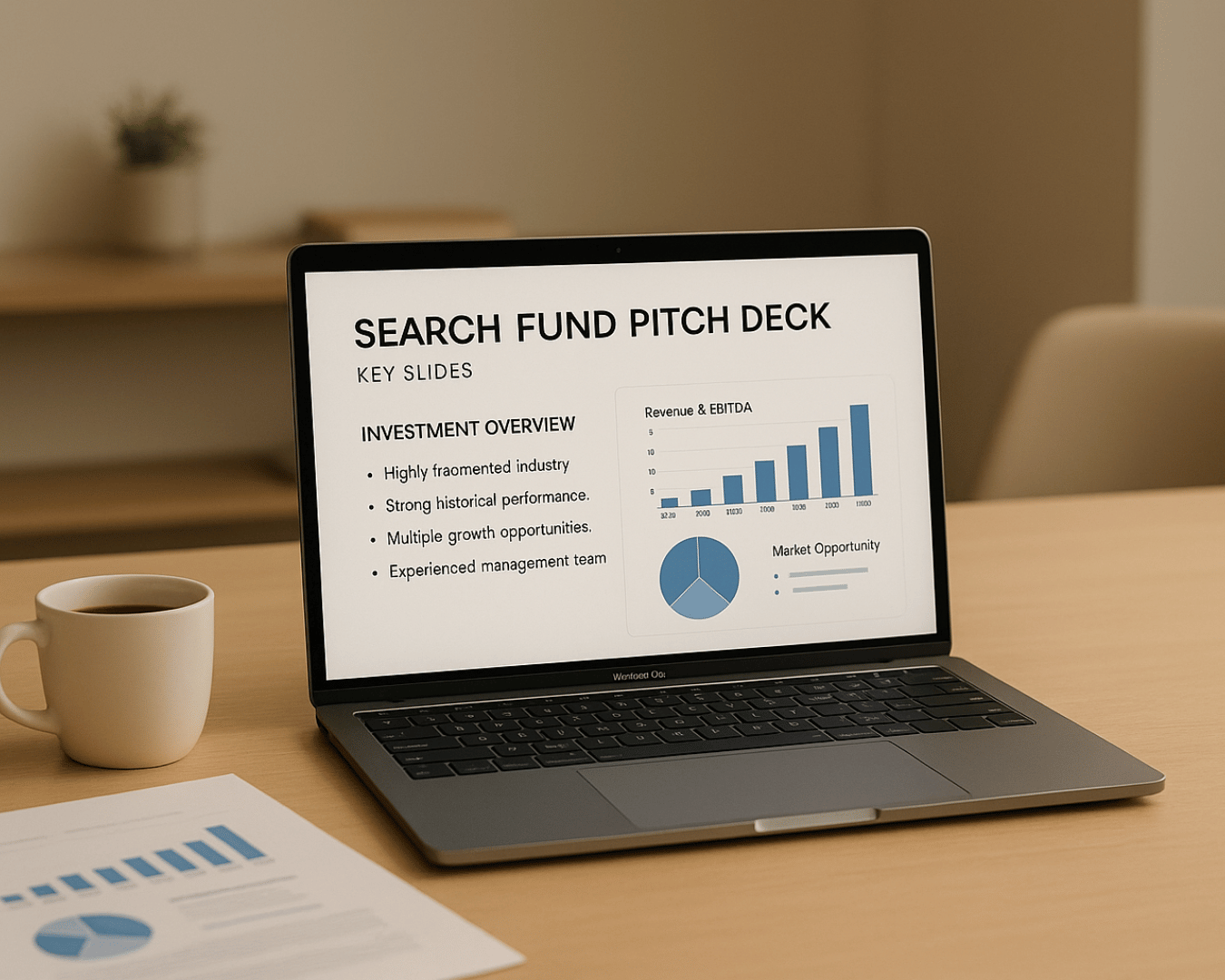




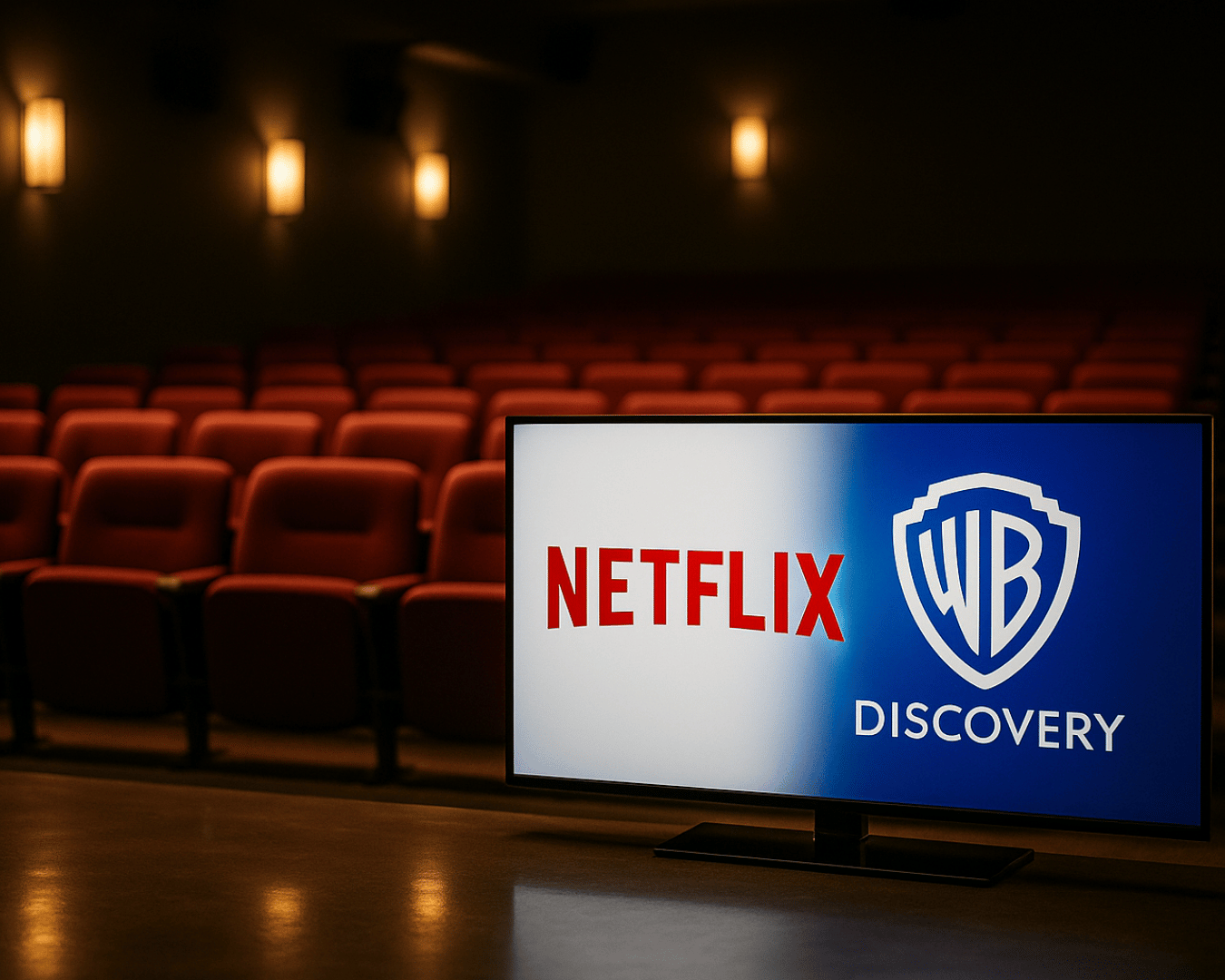























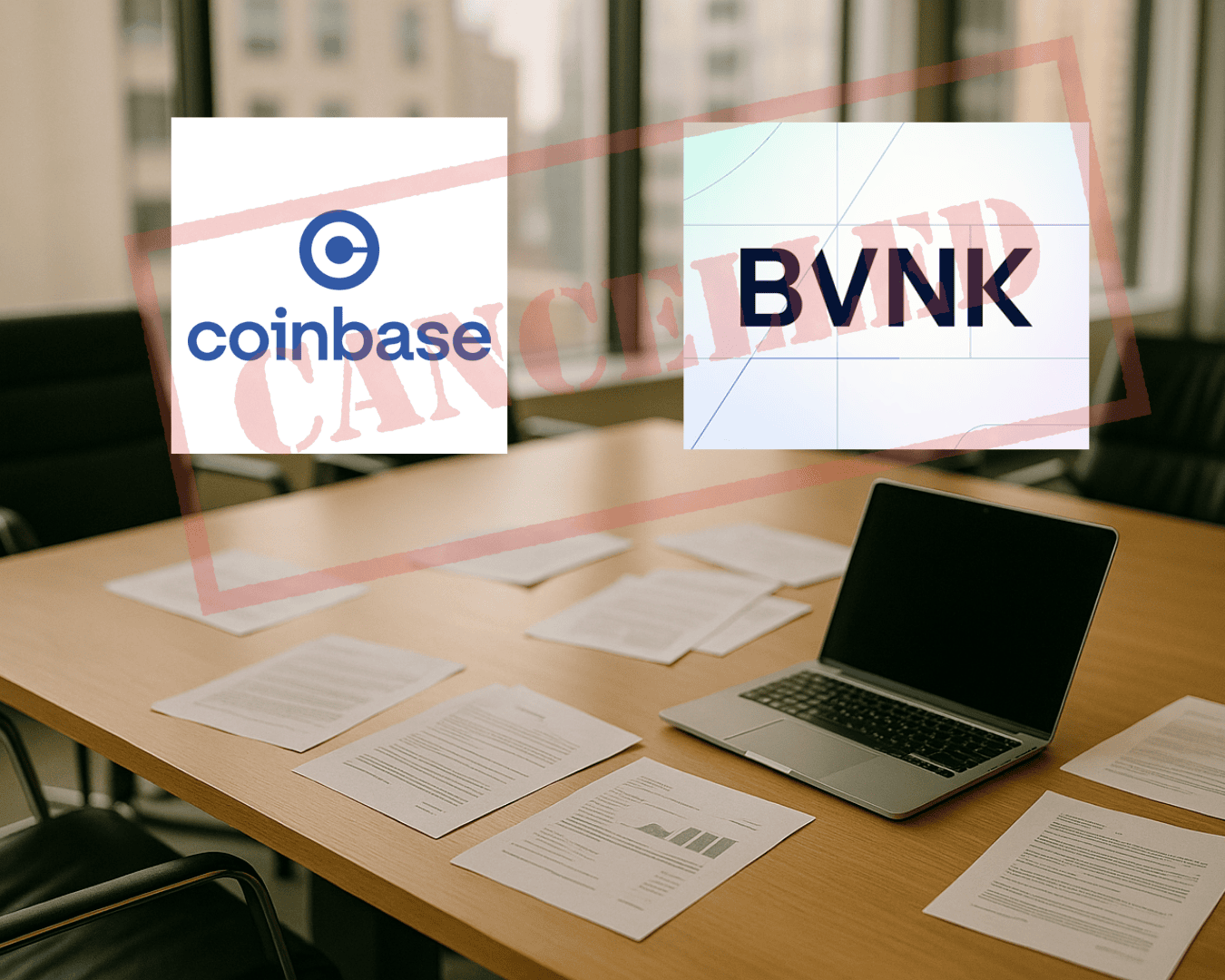









.png)

















